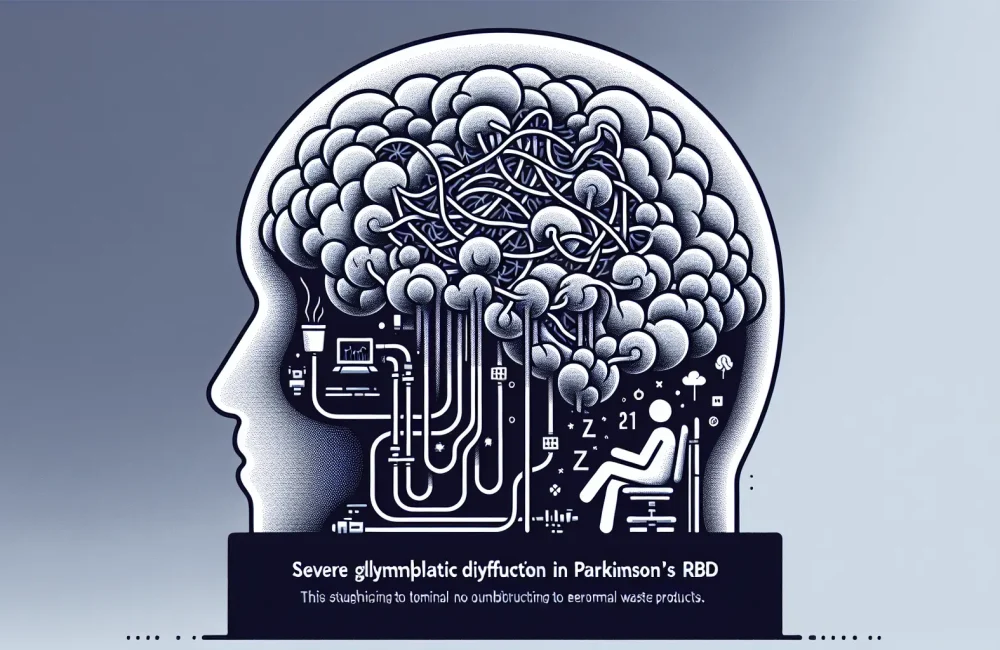By CAFMI AI From New England Journal of Medicine
Genetic Basis and Clinical Spectrum of Fragile X Disorders
Fragile X disorders are a spectrum of genetic conditions caused by mutations in the FMR1 gene located on the X chromosome. These mutations involve expansions of a CGG trinucleotide repeat sequence. The number of repeats in the FMR1 gene determines the clinical manifestation: normal individuals have up to 44 repeats, premutation carriers have between 55 and 200 repeats, and full mutations exceed 200 repeats. The full mutation leads to methylation and silencing of the FMR1 gene, resulting in Fragile X syndrome (FXS), which is the most common inherited cause of intellectual disability and autism spectrum disorders. Clinically, FXS manifests with developmental delays, cognitive impairments, behavioral challenges, and distinctive physical features, making early recognition crucial for management and intervention. Premutation carriers, although not exhibiting full FXS symptoms, may develop related conditions such as Fragile X-associated tremor/ataxia syndrome (FXTAS), primarily affecting older adults. FXTAS presents with progressive intention tremor, cerebellar ataxia, parkinsonism, and cognitive decline, reflecting neurodegenerative changes distinct from the intellectual disability seen in FXS. Additionally, female premutation carriers are at risk of Fragile X-associated primary ovarian insufficiency (FXPOI), which leads to premature ovarian failure, infertility, and early menopause. These diverse clinical presentations underscore the importance of understanding the genetic mechanisms to guide diagnosis and management.
Diagnosis and Multidisciplinary Management Strategies
Accurate diagnosis of fragile X disorders relies on genetic testing to precisely measure the number of CGG repeats and assess the methylation status of the FMR1 gene. This testing is essential not only to confirm the diagnosis in patients showing relevant clinical signs but also for carrier screening and genetic counseling of at-risk family members. For clinicians, understanding when to suspect fragile X pathology—such as a child with unexplained intellectual disability or autism spectrum disorder, or an older adult presenting with tremor and ataxia—is vital for timely referral and testing. Once diagnosed, management of fragile X disorders requires a multidisciplinary approach tailored to the individual’s specific symptoms and needs. Interventions include educational and behavioral therapies to address developmental and cognitive challenges in those with FXS. Medical management targets associated symptoms such as anxiety, seizures, or movement disorders seen in FXTAS. Additionally, reproductive counseling and fertility interventions are important considerations for women with FXPOI. Emerging therapies aiming to correct molecular defects — including gene therapies and novel pharmacologic agents — are under investigation and hold promise for altering disease progression in the future. Continued advances in genetics and therapeutics highlight the need for clinicians to stay informed about evolving best practices in care.
Future Directions and Emerging Therapies in Fragile X Disorders
Research into fragile X disorders is rapidly evolving, focusing on improving diagnosis, understanding disease mechanisms, and developing novel treatments. Emerging therapies include targeted gene editing techniques such as CRISPR/Cas9 to reactivate the silenced FMR1 gene and pharmacological agents designed to modulate synaptic function and neuronal signaling affected by FMR1 mutations. Clinical trials are ongoing to evaluate the safety and efficacy of these approaches, aiming to alleviate cognitive deficits and improve quality of life for affected individuals. Additionally, efforts to enhance early screening and expand genetic counseling services are improving patient outcomes by enabling earlier intervention. Multidisciplinary collaboration among geneticists, neurologists, psychologists, and other specialists remains essential to translate these advances into clinical practice. As our understanding deepens, personalized medicine approaches promise to revolutionize care and offer new hope to families affected by fragile X disorders.
Read The Original Publication Here






